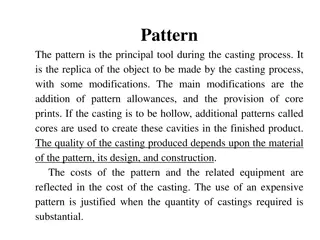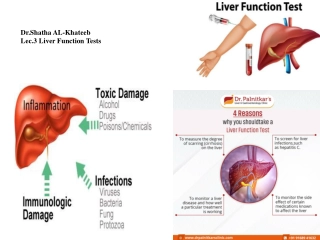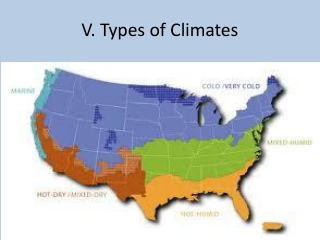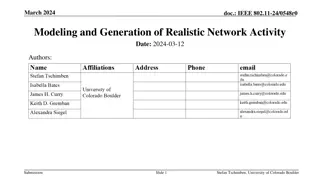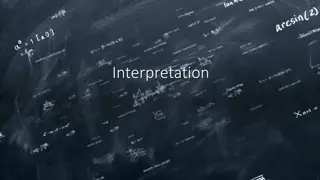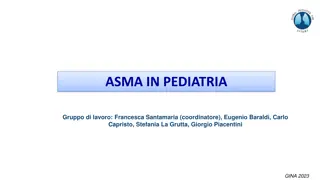Understanding Cleavage in Zygote: Patterns, Types, and Laws
Cleavage is the division process in a zygote that lays the foundation for cellular differentiation. It involves specific patterns like radial, bilateral, and spiral cleavage, with determinate or indeterminate fate of blastomeres. Various laws govern cleavage, including Sach's, Hertwig's, and Balfour's laws, influencing the process. The types of cleavage are also influenced by the presence of yolk, leading to holoblastic or meroblastic cleavage. Understanding these concepts is crucial in developmental biology studies.
Understanding Cleavage in Zygote: Patterns, Types, and Laws
PowerPoint presentation about 'Understanding Cleavage in Zygote: Patterns, Types, and Laws'. This presentation describes the topic on Cleavage is the division process in a zygote that lays the foundation for cellular differentiation. It involves specific patterns like radial, bilateral, and spiral cleavage, with determinate or indeterminate fate of blastomeres. Various laws govern cleavage, including Sach's, Hertwig's, and Balfour's laws, influencing the process. The types of cleavage are also influenced by the presence of yolk, leading to holoblastic or meroblastic cleavage. Understanding these concepts is crucial in developmental biology studies.. Download this presentation absolutely free.
Presentation Transcript
Definition: Division in zygote in called cleavage. Functions of cleavage: Produce many cells To lay the foundation of differences Characteristics of cleavage All division are mitotic Early division occurs synchronously Number of cells are increasing but size is progressively decreasing. Somatic Nuclear to Cytoplasmic Ratio change 1:500 -> ->-> Gas exchange become more efficient because surface/volume ratio is decreasing. During cleavge, blastomere do not move as start in gastrula No growth occurs, only chemical conversion of reserve food material (yolk, glycogen and ribonucleotides) 1:6
DNA synthesis M-phase Peculiarity of cleavage A blastomere does not increase in size Interphase remain short Karyokinesis follows cytokinesis
Plane of cleavage Meridional Vertical equatorial Latitudinal
Pattern of cleavage On the basis of arrangement of blastomere 1. Radial cleavage (when cleavege plane cut straight through the egg) 2. Biradial: first two cleavage meridional and third vertical
4. Bilateral cleavage Form micromeres and macromeres
Types according to fate of blastomere Determinate Indeterminate Influence of yolk on cleavage Holoblastic ceavage Equal holoblastic Unequal holoblastic Discoidal (meroblastic) Superficial cleavage
Laws of cleavage 1. Sach s laws (1877) Cells tend to divide into equal daughter cells Each new division plane tend to intersect the preceding plane at right angles. Hertwig s law (1881) Nucleus and spindle mostly located in active cytoplasmic part. Axis of spindle occupies the longest axis of protoplasmic mass Balfour s law (1885) Speed and rate of cleavage found inversely proportional to the amount of yolk. Pfluger s law The mitotic spindle always elongates in the direction of least resistance 2. 3. 4.
Significance of cleavage Division of zygote Start preparation of development Start of prepare presumative area of development Formation of blastomeres Formation of blastocoel
Blastulation After cleavage process, hollow, spherical and uniephithelial thick embryonic stage called blastula. Effect of Yolk on Blastulation:
Types of Blastula Coeloblastula Stereoblastula Periblastula/superficial blastula Discoblastula Amphiblastula Blastocyst








